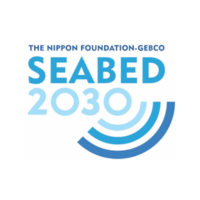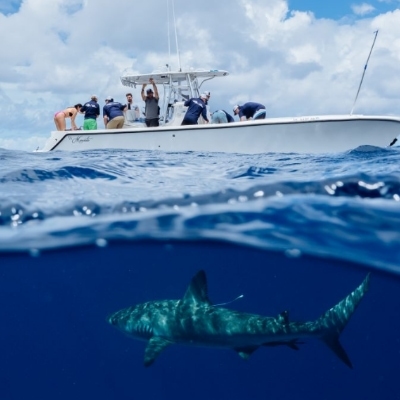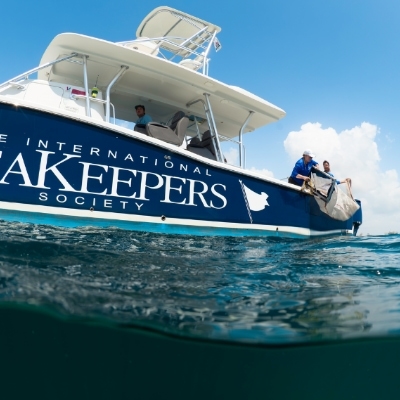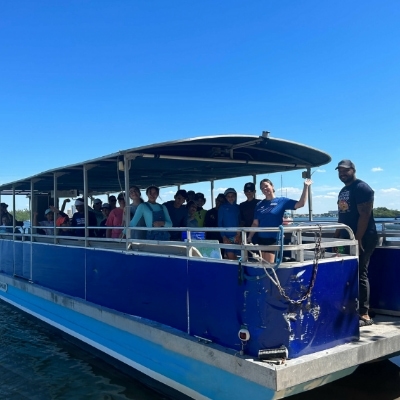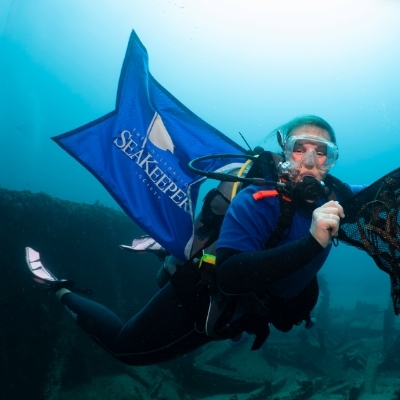Seabed 2030 Current Activity:
Browse our Seabed 2030 page to view all the activity and participating vessels who have submitted data.
Program Partners:
Seabed 2030 is a collaborative project between The Nippon Foundation and GEBCO. GEBCO is a joint program of the International Hydrographic Organization (IHO) and the Intergovernmental Oceanographic Commission (IOC) and is the only organization with a mandate to map the entire ocean floor.
The IHO’s Data Center accepts CSB data contributions through organizations, companies or universities that serve as data aggregators and/or liaisons between mariners and the DCDB. Visit seabed2030.org or https://iho.int/en/communication-material to learn more about the Nippon Foundation-GEBCO Seabed 2030 project, which aims to bring together all available Bathymetric data to produce the definitive map of the world ocean floor by 2030.
